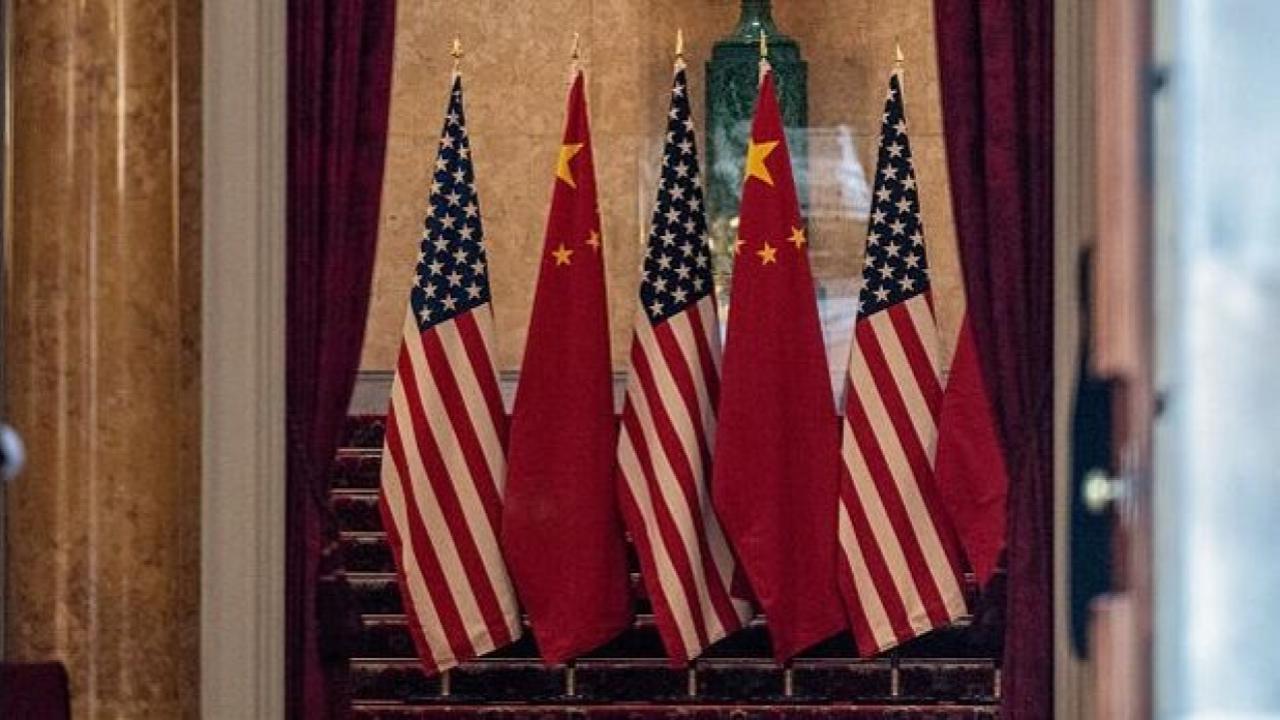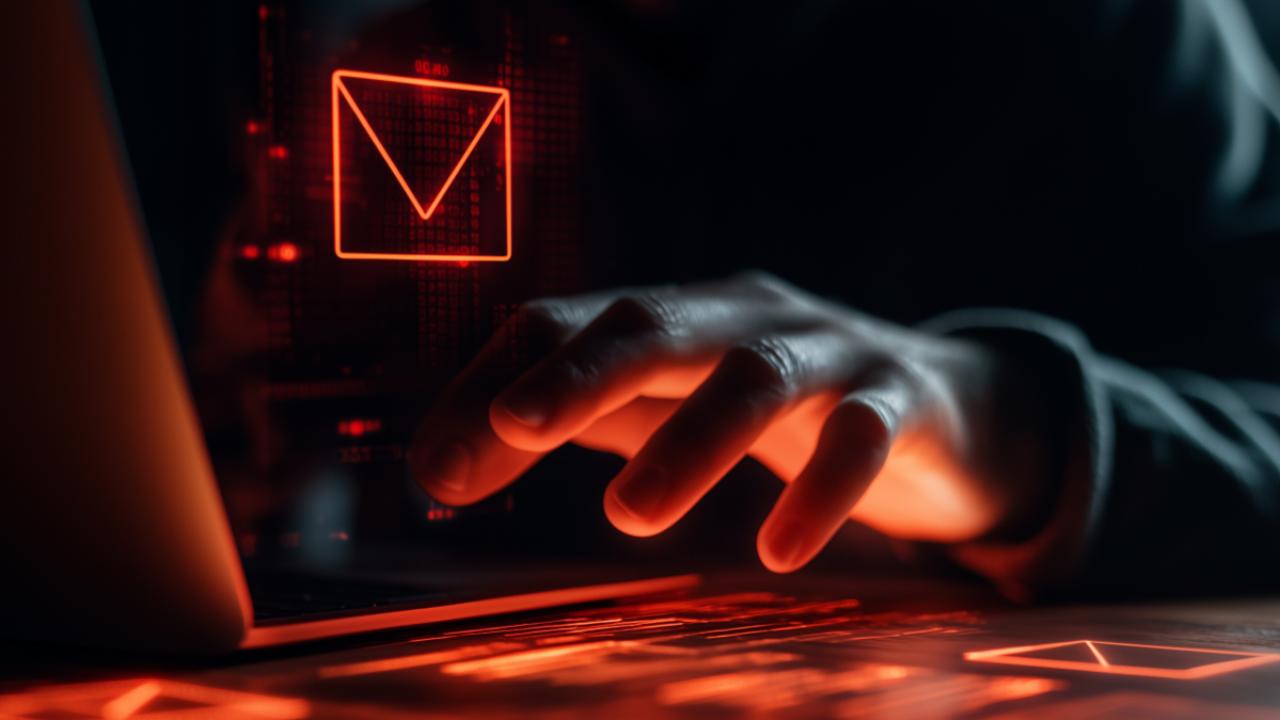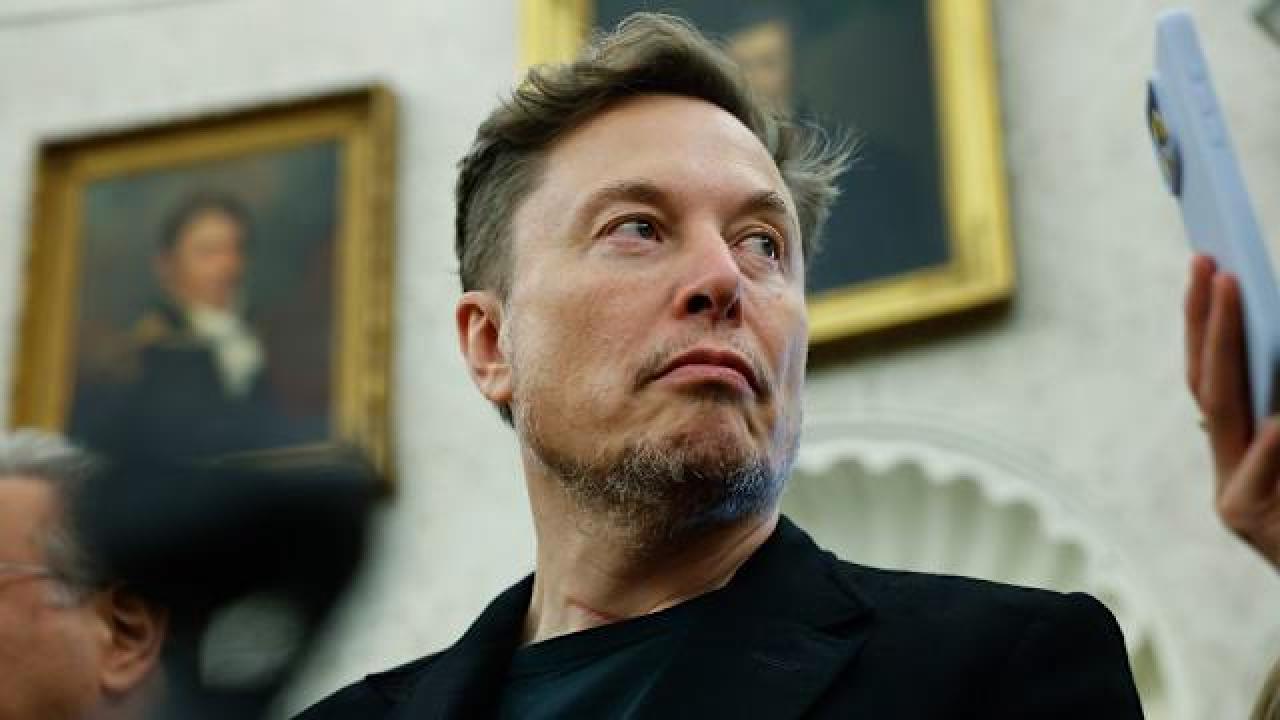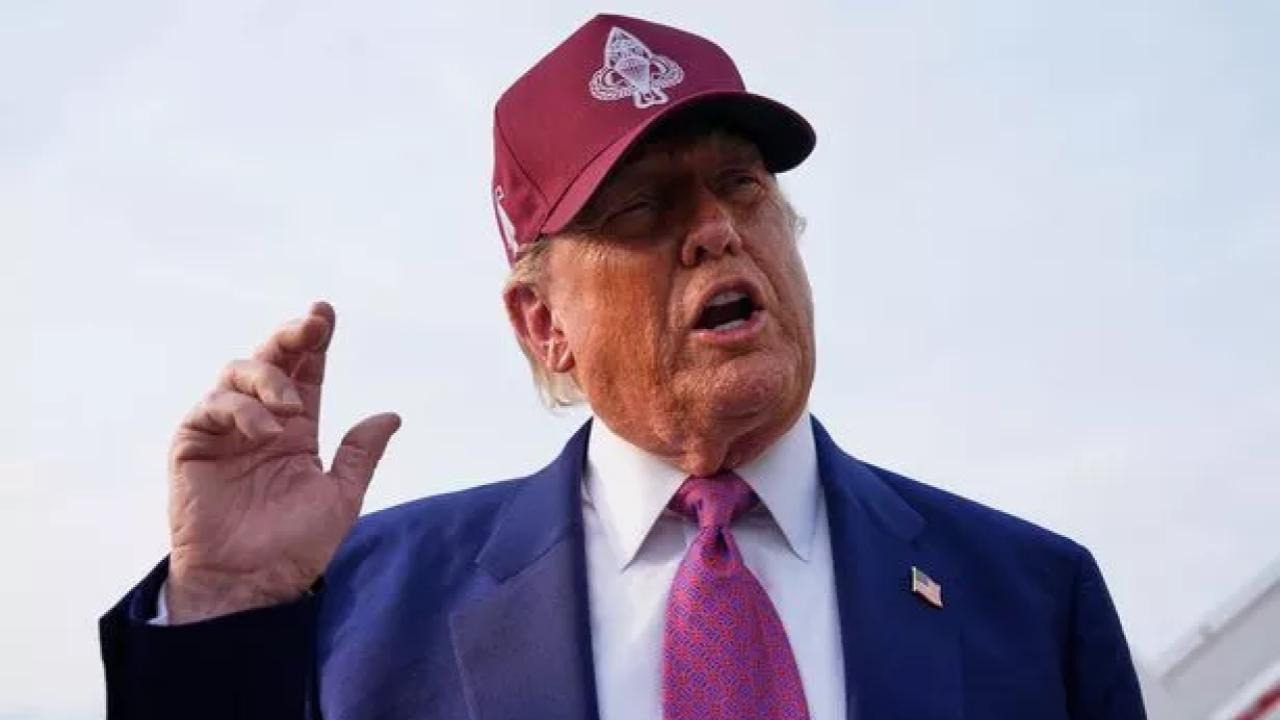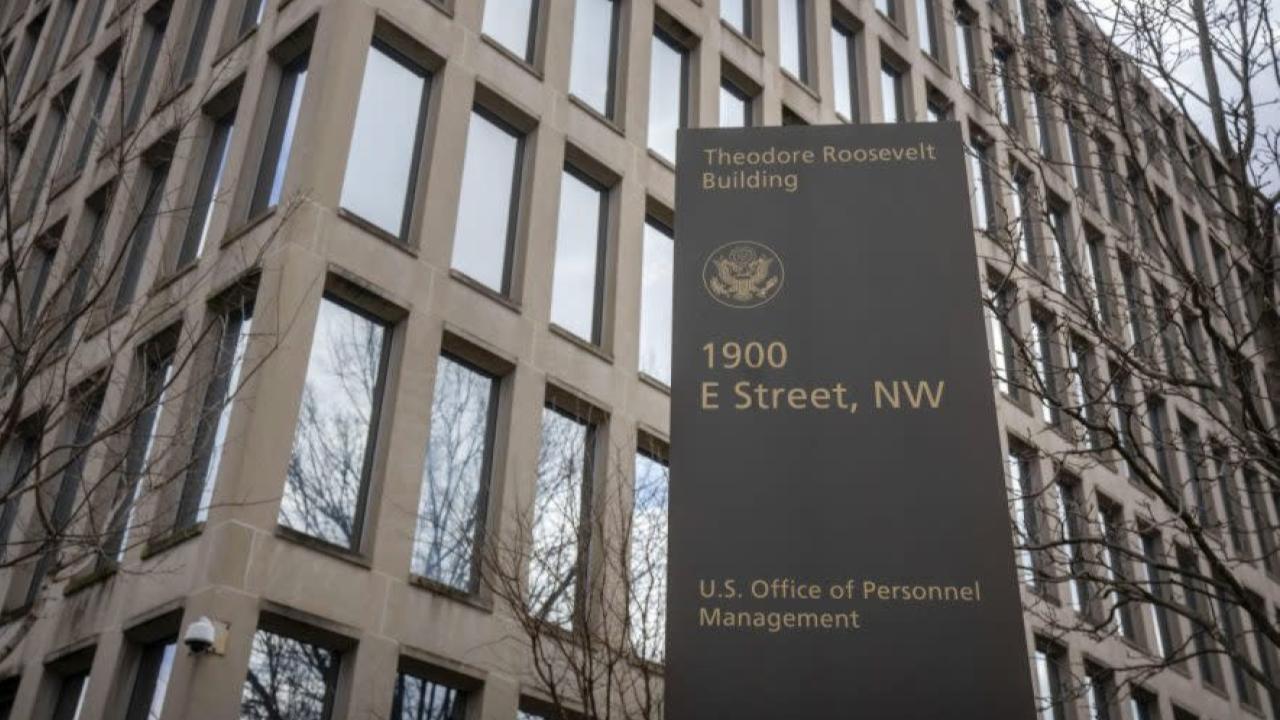Tesla CEO Elon Musk has officially set a tentative launch date of June 22, 2025 for the company’s first robotaxi service in Austin, Texas—marking the EV giant’s bold entry into fully autonomous ride‑hailing. Here’s a breakdown of what this means for drivers, tech enthusiasts, and cities alike.
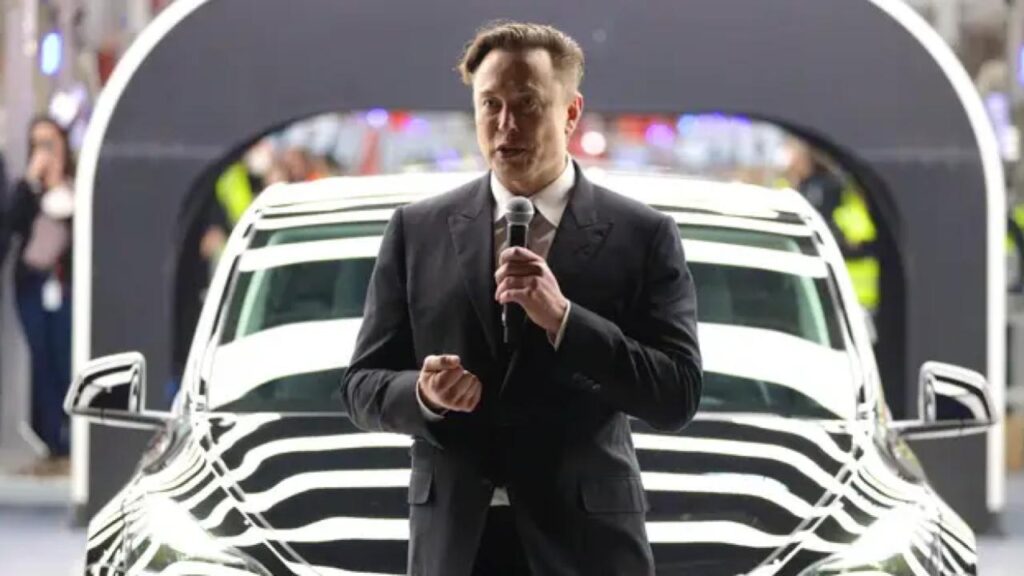
Elon Musk Just Announced Tesla’s First Robotaxi Launch
| Takeaway | Stat & Source |
|---|---|
| Austin pilot starts June 22 (tentative) | With 10–20 self-driving Model Y SUVs, geofenced and monitored remotely |
| “Super paranoid about safety” | Musk emphasized caution—date may shift |
| All new Teslas can run unsupervised | Robotaxis flagged with “Robotaxi” logo were spotted in Austin |
| Ambitious scale-up plan | Targeting ~1,000 robotaxis in months, 1 million by end‑2026 |
| Austin chosen first | Lower regulation burden vs. California |
Tesla’s June 22 robotaxi debut in Austin could be the most pivotal autonomous vehicle milestone in years. Safety‑first scale‑up is optimistic—it could herald a new era in transport if regulators, tech, and public reaction align. Stay tuned.
Why June 22?
In a post on X (formerly Twitter), Elon Musk announced the June 22, 2025 launch date for a public, albeit pilot, robotaxi service in Austin, Texas. He emphasized Tesla is “being super paranoid about safety,” signaling that the date could be adjusted if needed. Earlier this year, Musk set expectations for pilot operations in June; this is their first concrete date .
What’s the Plan on the Ground?
- Fleet size & geography: Around 10–20 Model Y SUVs, operating in safety‑geofenced Austin zones monitored remotely.
- Vehicle type: Stock Model Y SUVs from Tesla’s Giga Texas plant, not specialized prototypes.
- Customer access: Via a Tesla app, mirroring Uber/Lyft—but Tesla controls dispatch .
- Expansion timeline: Musk expects to scale to ~1,000 units in months, and hit a million robotaxis by the end of 2026.
What Makes This Special?
For years, Tesla has promised full autonomy. The June 22 launch is:
- Tesla’s first real-world Level 5 AV deployment—no driver needed.
- A test of Tesla’s camera-centric, AI-first strategy, which skips LiDAR in favor of vision-based navigation .
- A direct challenge to brainiacs like Waymo—Austin already hosts a Waymo fleet of ~100 vehicles, with >5 million rides under its belt.
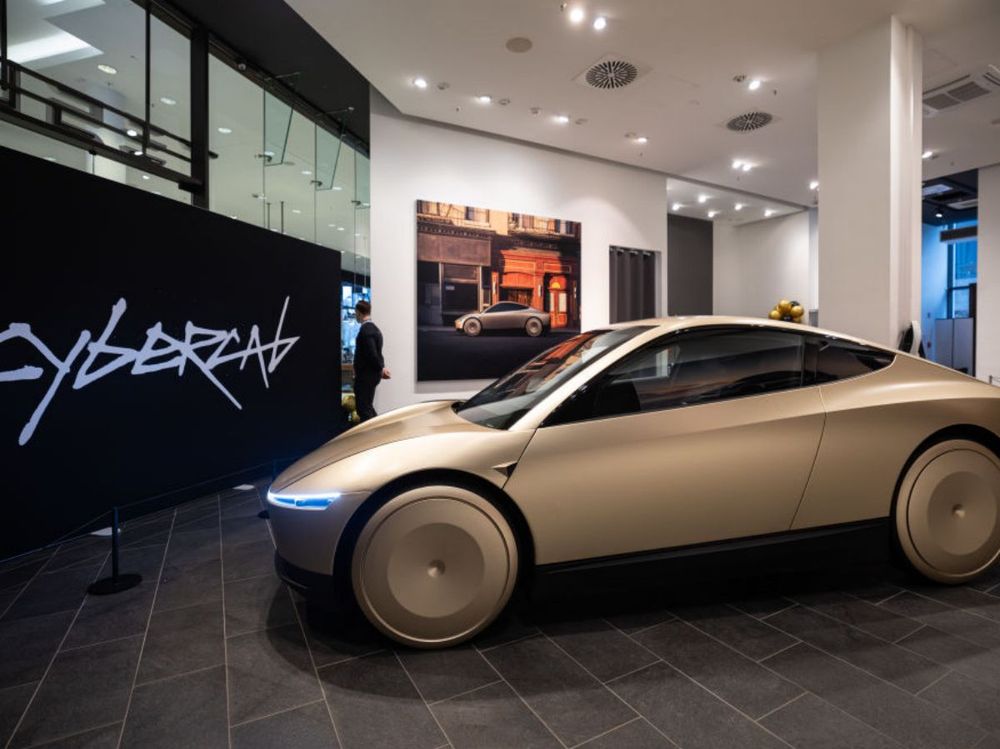
Challenges Ahead
- Safety scrutiny: Tesla’s been under fire for Autopilot, and the robotaxi program is under serious regulatory microscope .
- Regulatory hurdles: Expansion to places like California depends on meeting stricter oversight standards.
- Competition scale: Waymo’s paid RIDES run ~250,000/week; Tesla’s goal to scale up will require real performance.
- Tech reliability: Tesla’s FSD has long been Level 2. Scaling to Level 5 without redundant sensors may test limits.
What This Means For You
If you’re in Austin:
- June 22 could bring the chance to ride in a driverless Tesla—though cautiousness means it may be invite‑only or limited at first.
If you live elsewhere:
- Watch for rollout phases in major metros like San Francisco and LA later this year.
- Tesla’s owner-vehicles may be added to ride‑hailing later, earning revenue autonomously.
Bottom line: June 22 is a first, bold step toward the fully autonomous future Musk has long talked about.
My Take
I’ve seen both Tesla’s promise and its pitfalls in person—countless FSD beta rides mixed impressive AI with abrupt stops and steering quirks. This robotaxi launch could be a leap… or a stumble. Here’s hoping Tesla’s leap lands safely.
FAQs
Is this definitely driverless?
Yes—these are Level 5 vehicles, meaning no human driver; oversight is remote .
What if June 22 gets pushed?
Musk stressed Tesla is “super paranoid about safety,” so the date may slide if needed.
How can I ride one?
Initially likely via invitation and Tesla’s app as a pilot program. General public access details TB.

